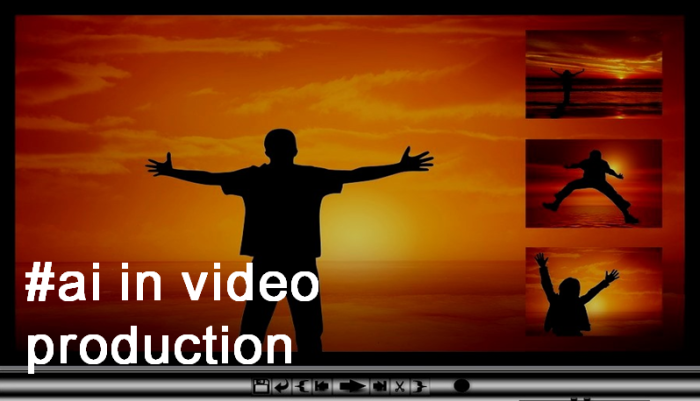 Speaking of machine learning tools for content creators…
Speaking of machine learning tools for content creators…
Curation is an excellent example of a machine learning tool content creators and marketing teams can implement today to help realize a wide range of community building, positioning, search and visibility goals.
I’ve been using curation technologies for well over a decade. My first successes with curation came during the years when I served as the content and public relations lead for the launch of Kantara Initiative.
Back then we incorporated Yahoo Pipes technologies into Kantara’s community page to continuously showcase digital identity news and trends on the Kantara website.
I show an image of what the curated Kantara site looked like in the post, Yahoo Pipes and web aggregation as a strategic communications strategy and talk more about curation strategies in the posts, Russ DeVeau on curation attribution and Curation in the era of fake news.
Fast forward to today and curation platforms continue to evolve and improve significantly – and these improvements are due largely to automation and machine learning.
I launched the Sustainable ICT Daily several years ago when I was managing content development and marketing for Climate Savers Computing Initiative (CSCI). The pages – made up of content I personally curated – were an important tactic for placing messages and showcasing CSCI executives and initiatives on a regular basis.
I launched the Edge and Fog Computing Daily last year when I was managing community and content development for the OpenFog Consortium. It took a while for this platform to deliver the results I wanted to see mainly because edge and fog were relatively new subjects at the time. There wasn’t enough content on web and social feeds to regularly produce and distribute a high-quality curated page on edge and fog computing.
Machine learning processes continuously improve based on a steady stream of quality data. As the edge and fog computing conversation moved more into the mainstream – driven in part by the content I developed for OpenFog and Fog World Congress 2017 – the Edge and Fog Computing Daily became a valuable and widely distributed resource for aggregated news and content on edge and fog computing.
The experts at Adobe have stated that machine learning tools for content creators will save time. The Edge and Fog Daily is automated based on my preferences for key words and hashtags. Machine learning allows the curation process to regularly improve results. Beyond a review of the headlines included in the daily report, I don’t spend any time on the curation or distribution process.
Curation has proven to be a valuable component of many of my most successful communications campaigns and programs. Machine learning helps ensure the results are exceptional. – Russ DeVeau
Related:
–A fog computing content development and marketing case study and portfolio
–Artificial intelligence and machine learning for content creators…not yet, but it’s coming




